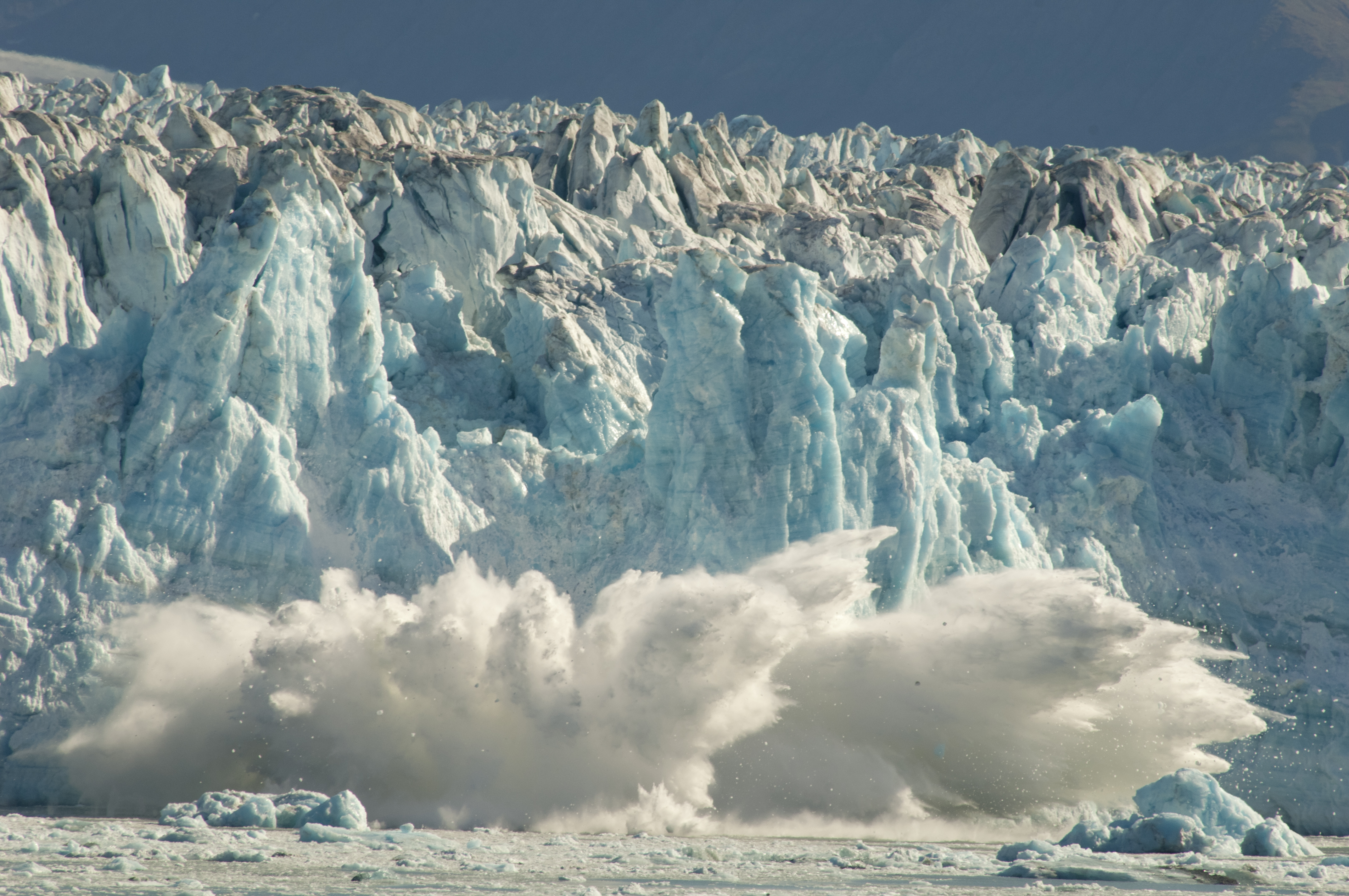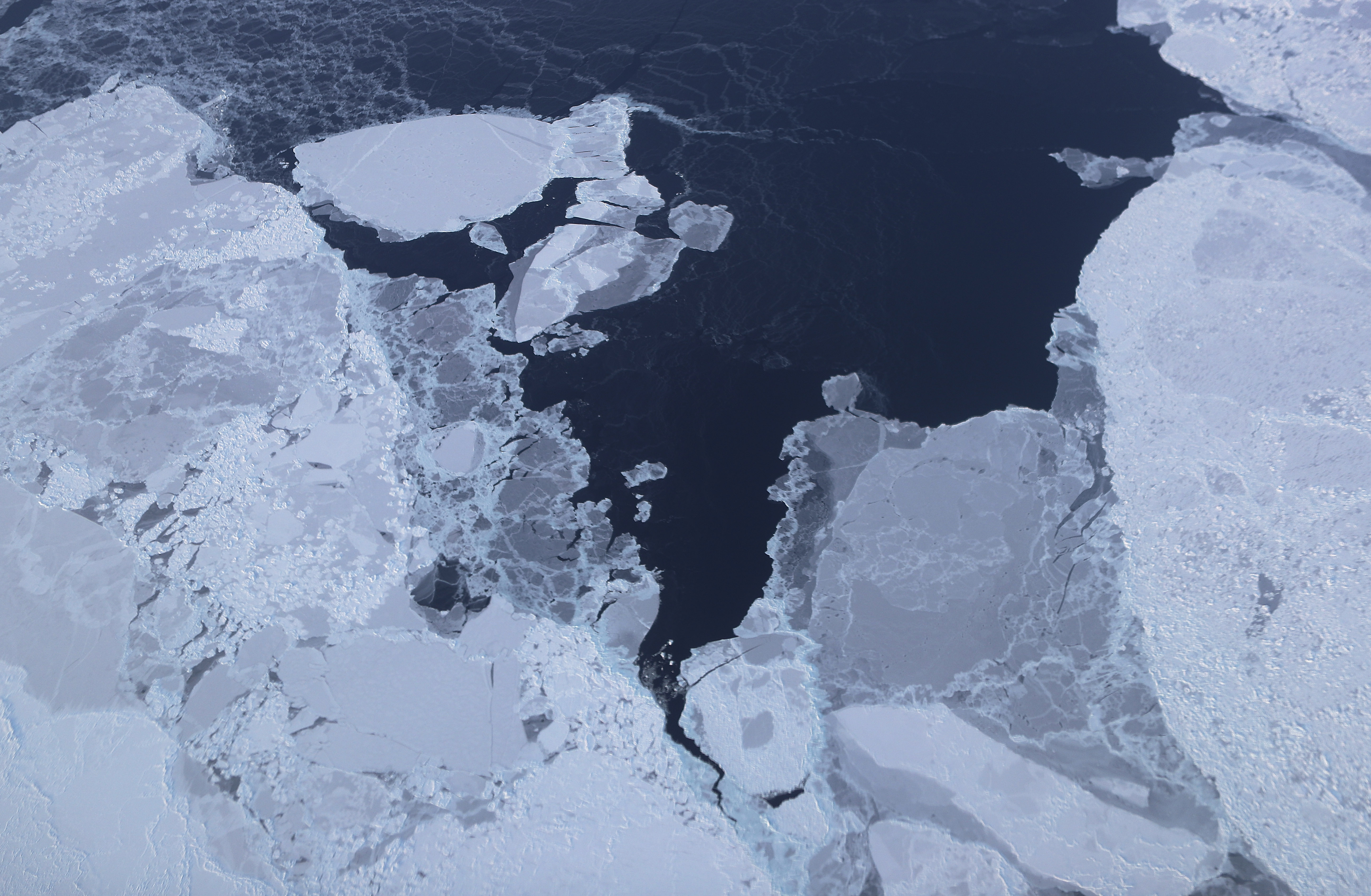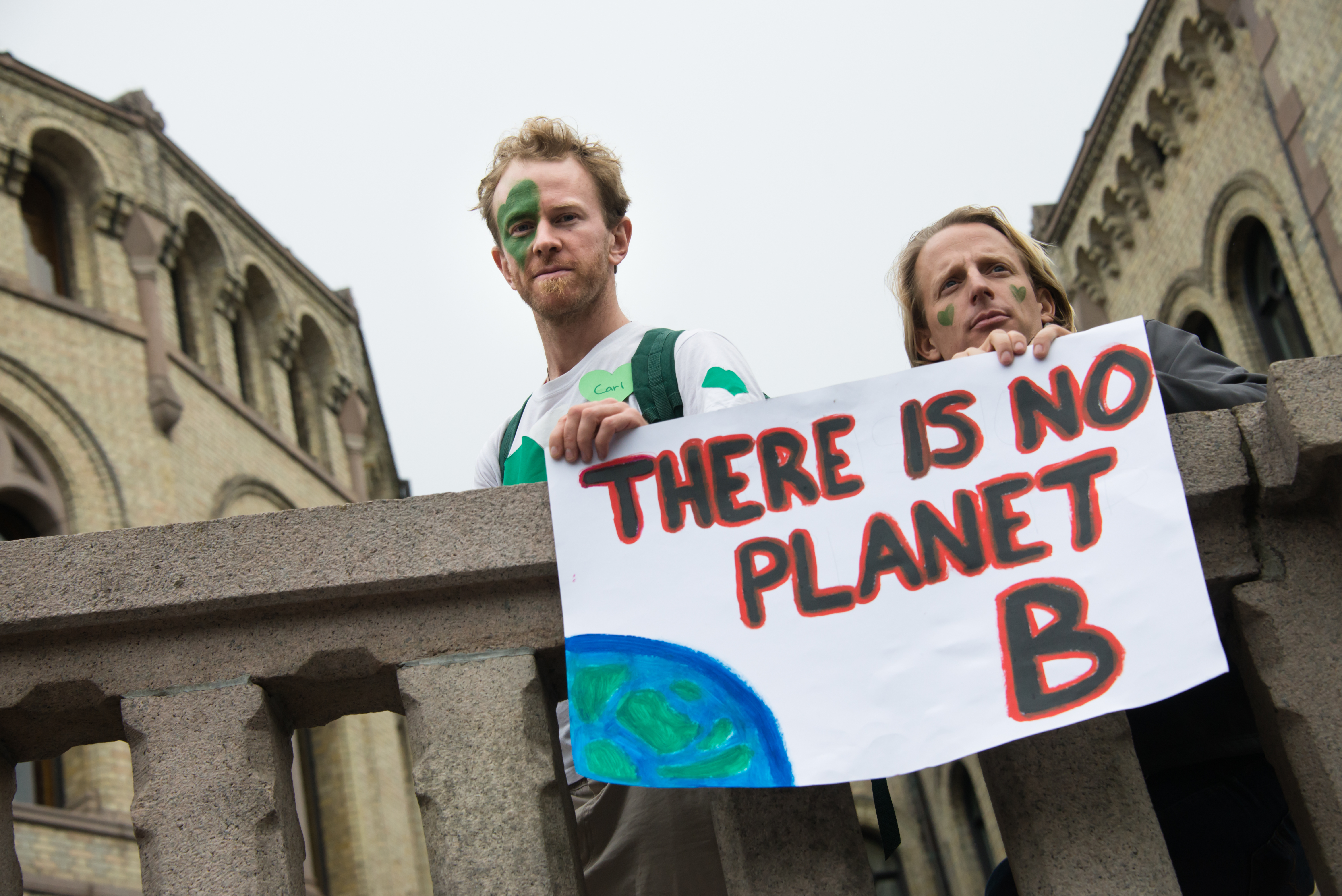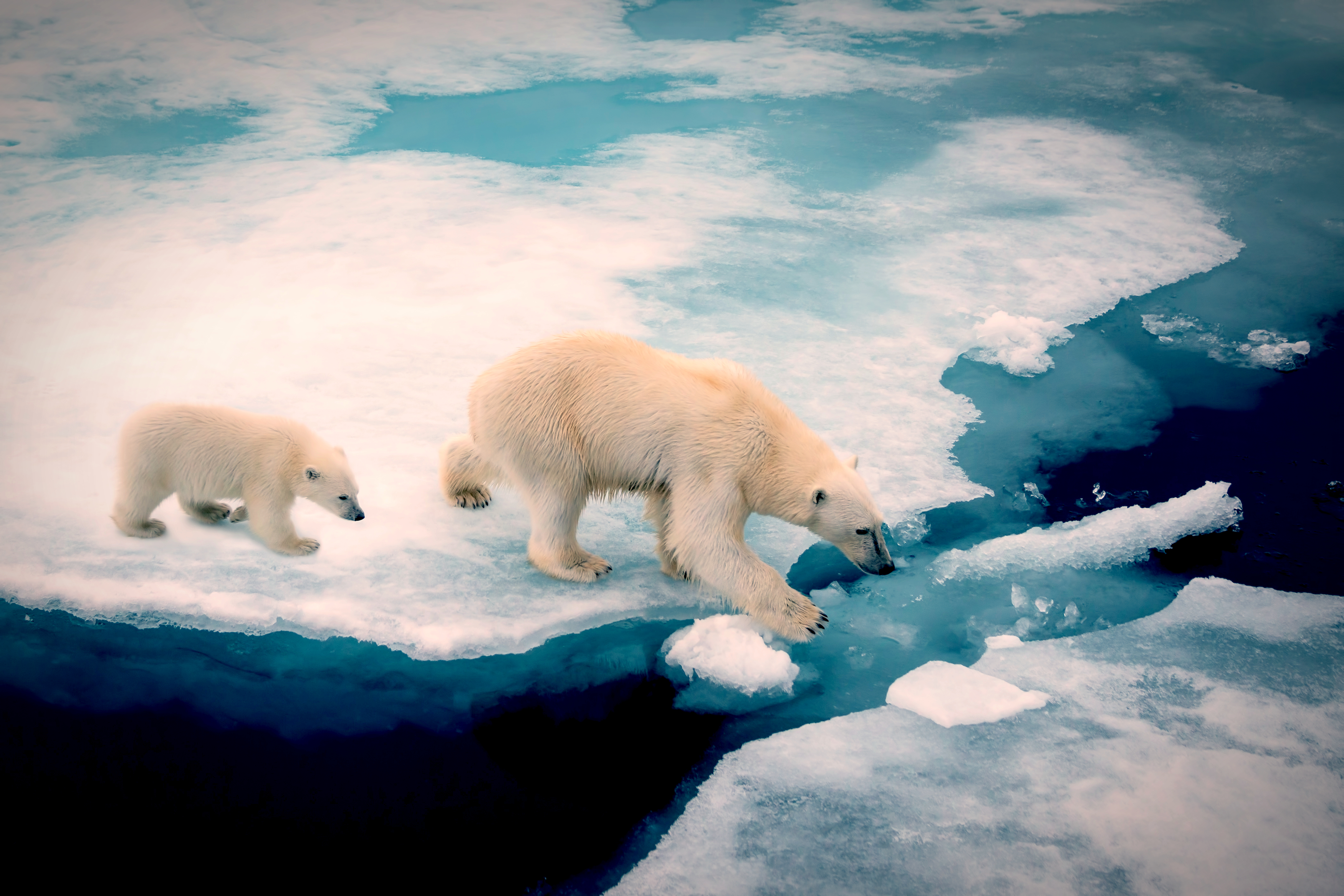
We are at war with science, and now, more than ever, we need to be armed with the facts (real facts, not alternative ones). One of today’s most contentious issues centers around our impact on the climate, specifically, how carbon dioxide (CO2) emitted from fossil fuels is causing the climate to change.
Unfortunately, climate change has turned into a belief system, where you are either a Climate Change Believer or Climate Change Denier. I can’t tell you how strange this is for scientists to hear. We spend our lives trying to remove biases and arrive at unarguable facts — and climate change is one of them.
Below are a few statements you might encounter when talking to a climate change denier and how to respond with the science.
“But CO2 variability is natural.”
Part true. CO2 does vary naturally over both short and geologic time-scales, but the magnitude and rate of change that we are seeing today is unprecedented. Over the last 800,000 years, we saw a natural rise and fall in the concentration of CO2 that coincided with shifts in glacial and interglacial periods (these historical climate shifts were driven mostly by changes in solar radiation caused by variation in Earth’s orbit, but were amplified by CO2 concentrations).
The last major rise in CO2, an increase of ~80 parts per million (ppm), happened between 17,000 to 11,000 years ago. In the last 47 years, CO2 has jumped by the same amount. That’s a 200-fold increase in the rate of CO2 emissions, which is most certainly not natural.
When someone tries to hit you on this issue, insist they address the rate, not CO2 variability in general.

“Atmospheric CO2 was much higher in the Cambrian period (550 million years ago).”
This is true, atmospheric CO2 was much higher during the Cambrian period. Back then it was around 4,500 ppm. But there is one pretty important thing missing from the Cambrian period: HUMANS. Life during the Cambrian period was much different than today. The ocean was 15% larger, nearly all life was aquatic, and land was mostly bare. At a CO2 concentration of 4,500 ppm, life on earth as we currently know it would not survive, us included.
So, yes: You can have more CO2, you just can’t have the humans with it.
“More CO2 means more plants; more plants are good!”
This statement is somewhat true, but only in the short-term. CO2 is a limiting resource for many types of plants and, as CO2 increases, photosynthesis will increase as well. However, plants will eventually get to a point where they are saturated and will no longer benefit from excess CO2. It is also important to remember that photosynthesis is also limited by water, nutrients, solar radiation, and other factors.
Basically, plants could have all the CO2 in the world, but if any of these other resources are missing, there won’t be a benefit. For example, pizza is one of my limiting-resources (just ask my roommate!). If I have pizza in front of me, I will eat it, and I will grow.
Let’s say that next year, the pizza delivery-person brings me twice as much pizza, then three times, then four times, and so on. At the beginning, I might be able to keep up with eating the pizza, but I will eventually get to a point where no matter how much pizza is in front of me, I won’t be able to eat all of it. At the same time, water is another limiting resource. If my pizza consumption is increasing, but the availability of water is decreasing, I probably won’t survive (ignoring all the cholesterol and heart problems I’ll get from eating 4 pizzas a day…).
Studies have also shown that rising CO2 actually reduces the nutritional content of many crops, including wheat, peas, and soybeans. So even if the quantity of plants increases, quality probably won’t.
“It’s freezing and snowing in New York – we need global warming!”
It's freezing and snowing in New York–we need global warming!
— Donald J. Trump (@realDonaldTrump) November 7, 2012
First off, this tweet by Donald Trump was written in November, when it’s supposed to be cold. Still, I often get asked “how can there be global warming if its freezing outside right now?” This brings up a very important discussion on the difference between weather and climate.
Weather happens on short time scales. Is it going to rain tomorrow? Is it warm today? Can I go to the beach? These short events happening in your backyard don’t necessarily reflect what’s happening around the planet. Climate happens on the long-term over a broad-broad scale. On average, we’re seeing more hot days worldwide than we did 10 years ago and more severe storms than we did 10 years ago. If it’s cold where you live today, it doesn’t mean that there weren’t more abnormally hot days this year.
However, there are actually certain places that will experience colder winters due to climate change. Climate change is increasing extreme weather events which means both extreme heat and extreme cold (why many scientists prefer the name climate change as opposed to global warming). In fact, if warming gets really out of control, certain parts of Europe may even experience a mini ice age due to meting sea ice messing with global ocean circulation patterns.

“There is no scientific consensus on anthropogenic (human-based) climate change.”
This statement is liar liar pants on fire. I have never met a scientist that didn’t believe in climate change. But science isn’t based on personal anecdotes (despite your uncle claiming that winters are getting colder). Here are the facts: in 2013, a study showed that 97% of scientists (from more than 4,000 peer-reviewed papers) accept that human-induced climate change is real and is happening. This study also found that people with the least expertise were more likely to deny that humans were driving climate change.
“But three percent of scientists are still unsure!”
If 97% of doctors told you that you had cancer, and 3% said you didn’t, would you wait it out to see what happens? Or would you start chemotherapy to try to prevent the cancer from getting worse?
“Why does it matter if the earth gets warmer?”
Climate change is SO much more than just global warming. Rising CO2 causes ocean warming, ocean acidification, an increase in extreme weather events (like hurricanes and heat waves), sea-level rise, melting ice caps, and decreased snow cover, just to name a few (read more here). We can think of rising temperatures as a disease where CO2 is the underlying problem, and all these consequences are the symptoms.
However, even these symptoms are having detrimental effects to our ecology, economy, and general well-being. Studies have shown that human-induced climate change can cause major coral reef bleaching events, increase the spread of human diseases like malaria, a major decline in GDP, lower nutritional quality in food, and so much more. Sea-level rise is even threatening to wipe out entire island nations! We are quite literally driving our own demise, and less developed countries and low-income communities will be the first to feel the direct consequences.
If the well-being of other human isn’t enough to get you on board, then know this: climate change is affecting your wine and coffee. And, as we all know, coffee is the true elixir of life.

“There are lots of things that threaten our economy, health, and national security. Why should we spend money on climate change?”
This question is important because it’s the discussion we should be having about climate change. Many scientists have dedicated their careers to learning about the effects of CO2 on the chemical, physical, and biological processes on Earth, so why are people with no scientific training making major climate-related decisions? We need to have a healthy debate on how our budget should be spent and what our priorities are as a country, but arguing about whether someone believes climate change is real shifts the conversation from facts (science) to beliefs (not science).
Climate change is happening, it is human-driven, and it is affecting us all whether people believe it or not.
“Wait! You can’t expect me to take this all at face value. Do you have charts to support what you’re saying?”
Yepppppp. Lots. Here are two favorites:






